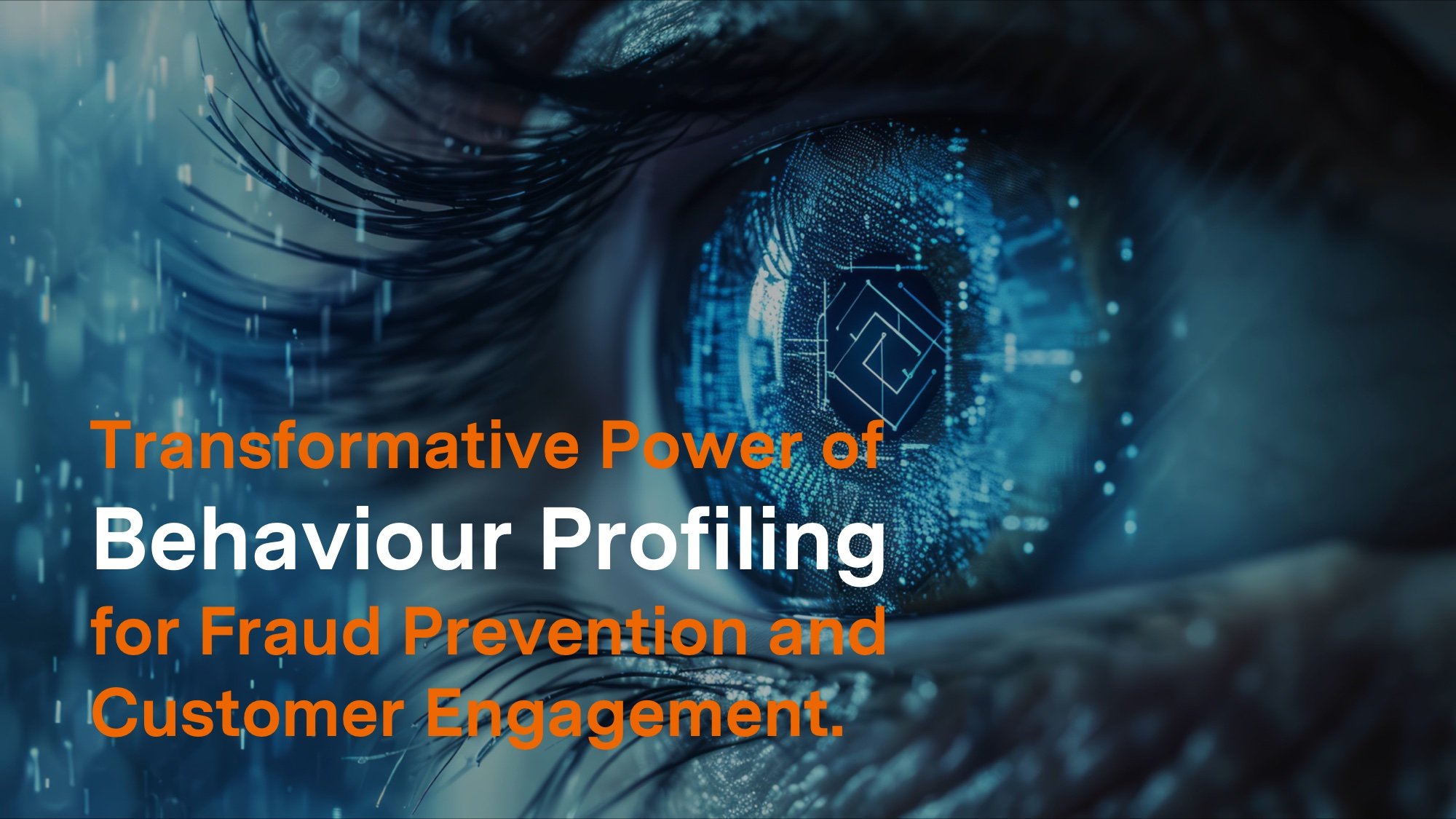The Transformative Power of Behaviour Profiling for Fraud Prevention and Customer Engagement
In the dynamic realm of banking and finance, compliance professionals face an ongoing challenge: anticipating evolving fraud tactics while safeguarding the financial well-being of institutions and customers. Traditional fraud detection methods often fall short in the face of sophisticated schemes and the ever-changing behaviours of criminals.
Behaviour Profiling: A Paradigm Shift in Fraud Prevention
Behaviour profiling, nestled within predictive analytics, stands as a transformative tool for fraud detection and prevention. By scrutinising extensive customer data – transaction patterns, device usage, and communication styles – behaviour profiling identifies anomalies and deviations from established norms, offering a deeper understanding of potential fraudulent activity. This advanced approach moves beyond merely spotting suspicious transactions; it delves into the underlying behaviours that often signal fraudulent intent. A large number of KPIs are calculated in the process. Examples include the average number and volumes of transactions in different currencies for different time windows, recipients, countries, transaction times, typing speeds in mobile banking, etc. All these KPIs are considered together and unusual, suspicious behaviour is identified.
Balancing Risk and Enhancing Customer Engagement
Beyond crime detection, behaviour profiling is a catalyst for revolutionising customer engagement and spurring revenue growth. By decoding customer behaviours, financial institutions can pinpoint those at risk of churn or financial distress. Early intervention can save customers from abandoning their accounts, preventing potential losses for the institution and boosting customer retention.
Moreover, behaviour profiling refines marketing strategies. Analysing customer data and identifying behaviour patterns allow financial institutions to tailor marketing messages, increasing engagement and conversion rates. This data-driven approach becomes a driving force for revenue growth and heightened customer satisfaction.
Mitigating Risk and Streamlining Operational Costs
Behaviour profiling also excels at identifying high-risk activities, such as suspicious transactions or unusual behavioural patterns. Real-time detection empowers financial institutions to promptly investigate and mitigate potential fraud losses, reducing operational costs linked to fraud investigations and chargebacks.
Technology's Role in Elevating Customer Experiences
In the race to enhance customer experiences, the banking and finance industry is rapidly adopting technology. Behaviour profiling, a linchpin in this transformation, enables institutions to offer more relevant and timely recommendations. Analysing customer transaction data allows financial institutions to suggest tailored investment opportunities or provide personalised savings plans.
Empowering Compliance for Enhanced Security
Behaviour profiling empowers compliance professionals to make informed decisions and proactively address emerging fraud threats. Analysing real-time data and identifying anomalies allows compliance professionals to monitor customer activity effectively, mitigating the risk of fraud. This proactive approach minimises the impact of fraud on the institution's bottom line and ensures the financial well-being of its customers.
Conclusion: The Imperative Role of Behaviour Profiling
Behaviour profiling in predictive analytics is not merely a buzzword; it is a cornerstone for financial institutions aiming to enhance fraud detection, elevate customer engagement, and drive revenue growth. By harnessing behaviour profiling, compliance professionals can transform their approach to fraud prevention, shifting from reactive measures to proactive strategies that fortify the institution and its customers. As the banking and finance industry continues to evolve, behaviour profiling will play an increasingly vital role in upholding the integrity of the financial system and ensuring a secure and rewarding experience for all stakeholders.

